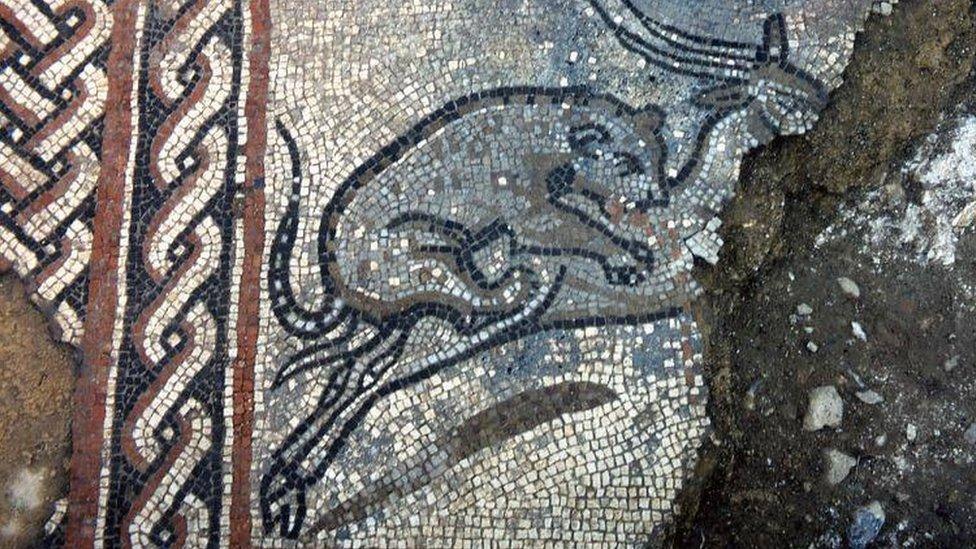Woman's face recreated from 2,000-year-old skull
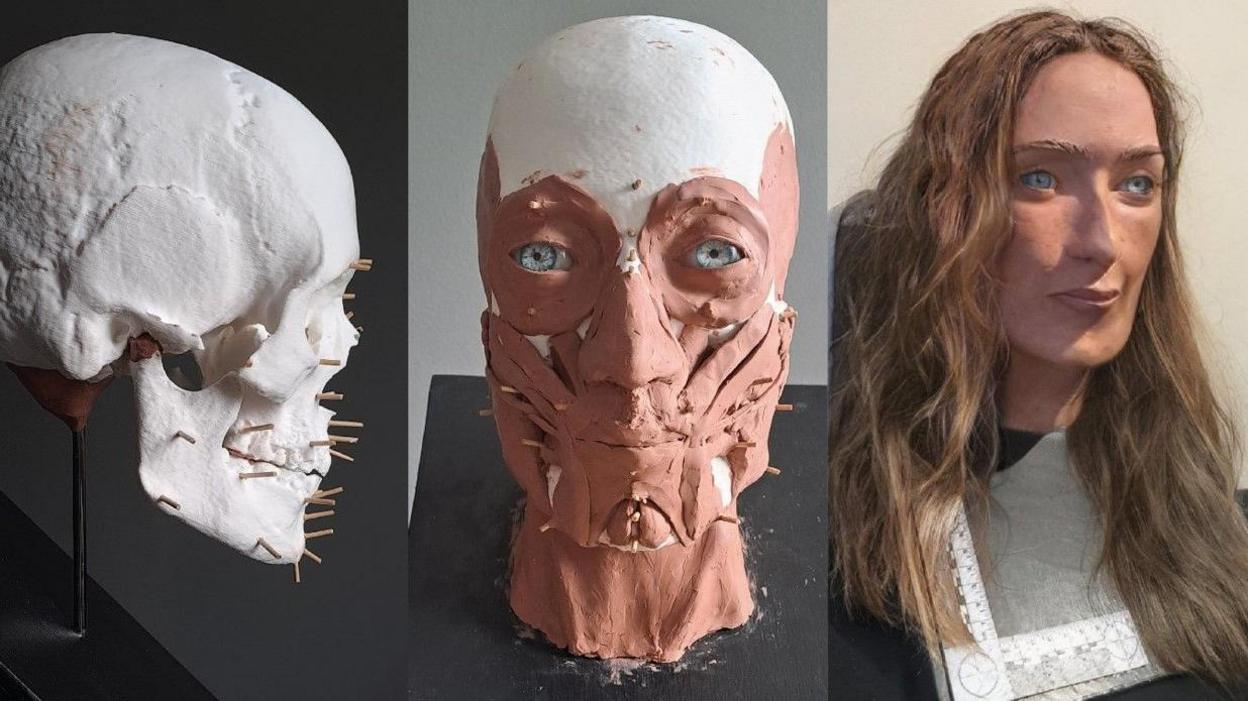
The reconstruction shows how the woman may have looked 2,000 years ago
- Published
The head and face of a woman who lived in Dorset about 2,000 years ago has been reconstructed using evidence from her remains.
The skull and bones of the young woman, buried overlooking Kimmeridge Bay, was discovered in 2000 as a result of cliff erosion.
Bournemouth bioarchaeologist Amber Manning recreated what the woman may have looked like in the 1st Century.
The model will be on display at Wareham Town Museum from April.
Ms Manning, a master's student at Bournemouth University, said: "Making a reconstruction, I usually think that we are looking into their world."
To create the head, a 3D virtual model of the woman's skull was created using photogrammetry - a method where large numbers of photographs taken from different angles are used to calculate the shape of an object - before being printed on a 3D printer.
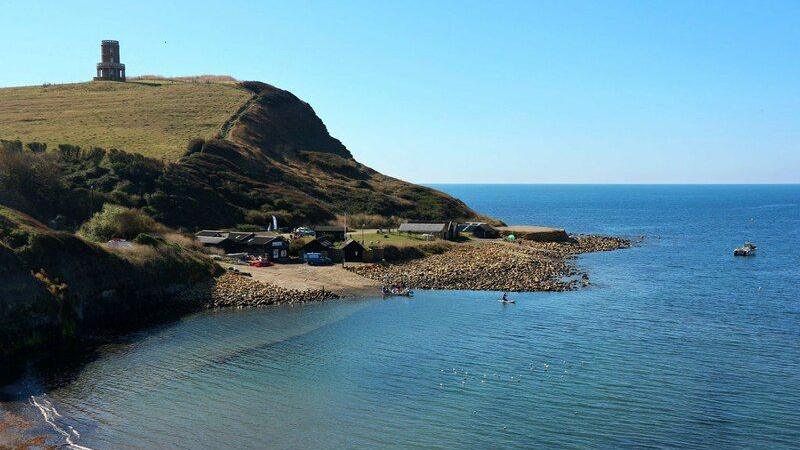
The remains had been buried in a spot overlooking Kimmeridge Bay
Ms Manning said: "I then took her age, sex, weight and ethnicity into account, as these factors help determine tissue thickness.
"So, in this case, a woman, about 20 to 30 years of age, with signs of undernourishment in a period of her life."
A digital reconstruction of the woman's appearance will also be on display at the museum, with information on the reconstruction process and the archaeological excavations and discoveries at Kimmeridge.
Dr Martin Smith, associate professor of biological anthropology at Bournemouth University, said: "We are so happy to display and share some of our findings at Wareham Museum."
Recent research projects by the university have uncovered a "variety of striking and important finds that are helping us to build an ever more detailed and engaging picture of life during this period", he said.
Wareham Town Museum, which is free to visit, is currently closed for winter and reopens on 5 April.
Get in touch
Do you have a story BBC Dorset should cover?
You can follow BBC Dorset on Facebook, external, X (Twitter), external, or Instagram, external.
Related topics
- Published25 November 2024
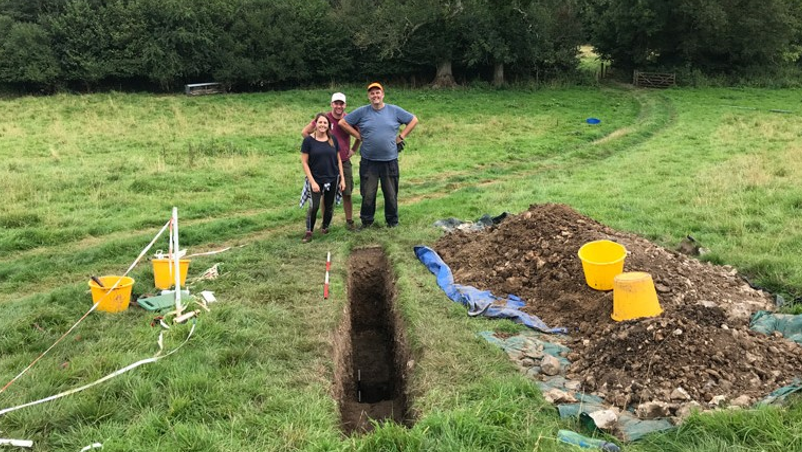
- Published2 July 2024
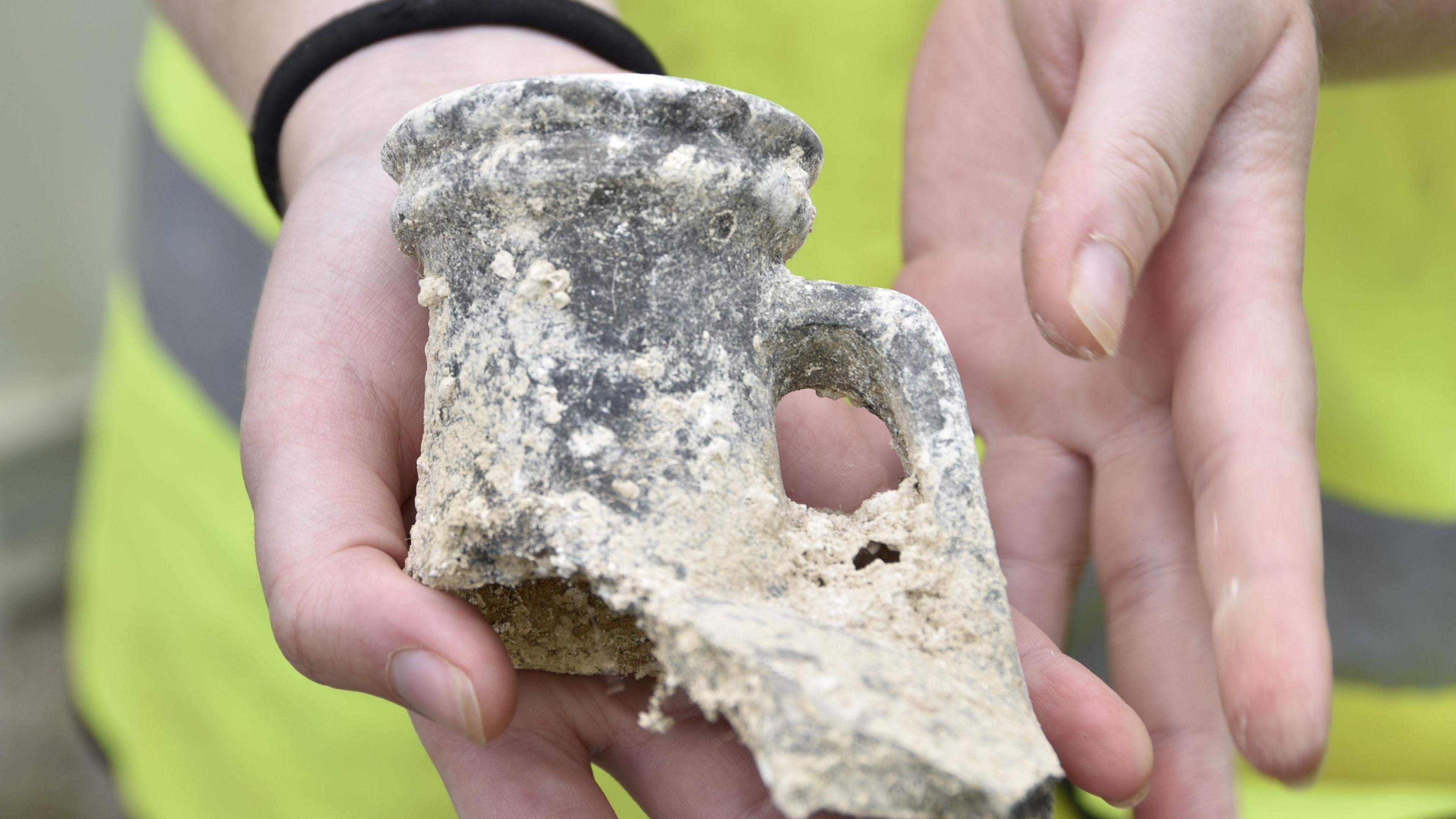
- Published9 February 2021
